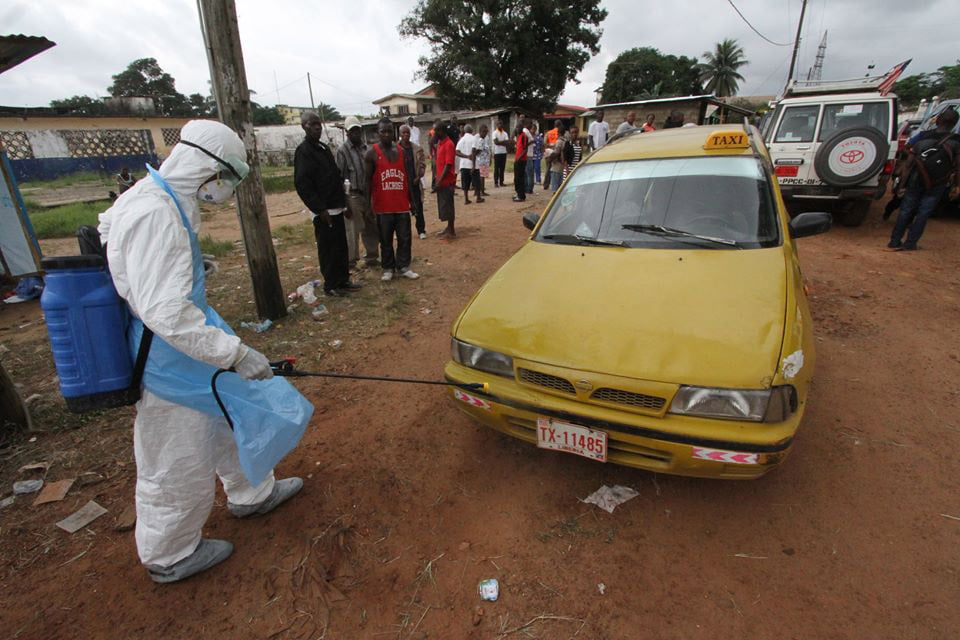It is still far too early to declare that the ebola outbreak is firmly on the decline. The World Health Organization is — rightly — not abandoning its worst case scenario planning of 10,000 new infections per week by December 1. And top UN officials have issued stark warnings this week to remain vigilant.
But the fact is, reported cases of ebola in Sierra Leone and Liberia are on the decline. Health officials credit this to better contact tracing and high rates of hygienic burials of those who have succumbed to ebola. (An individual is most contagious right after he’s died. Burials have become key points of transmission.) The outbreak is not yet under control, but the situation seems to be improving.
If present trends hold and this is in fact the beginning of the end of the ebola outbreak in West Africa, the US government deserves a great deal of credit for bringing this about.
The chronology here is instructive. The outbreak began last spring. It receded for a while, but then in the mid summer came roaring back, with infections spread across three countries and in crowded cities like Conakry, Monrovia and Freetown. On August 8, the WHO declared an emergency while NGOs like MSF began to scale up their operations in the region. New infections far outpaced the international community’s capacity to respond; patients were turned away at hospital doors and the number of new infections increased exponentially, doubling about every three weeks. The system was overwhelmed. The outbreak was spiraling out of control.
This was the situation when, on September 16, President Obama visited the U.S. Centers for Disease Control and Prevention in Atlanta to announce a major increase in the American response to the crisis. This included the dispatch of thousands of American troops to the region and establishing an air corridor to transport needed personnel and equipment to the region. Obama had stated that the ebola outbreak was a top national security priority earlier in the summer, but his speech at the CDC was a turning point in the US government’s response.
Obama’s decision to make stopping the ebola outbreak a top tier international priority was manifest at the United Nations two days later in an unprecedented emergency Security Council meeting, convened at the behest of Samantha Power. The Security Council meeting declared the ebola outbreak a threat to international peace and security, which is exceedingly rare for a public health issue. At the meeting, the Secretary General announced a new United Nations Emergency Ebola Response Mission to provide on-the-ground logistical coordination of the response across three countries. The resolution that accompanied the meeting was co-sponsored by a record 134 countries. It called for all countries to substantially increase their commitments to the ebola outbreak and for countries to lift harmful travel restrictions that undermined the response.
The action that day at the Security Council amounted to the internationalization of President Obama’s decision to elevate the ebola outbreak as an American national security priority. Six weeks later, it appears that things are finally getting better. We are not out of the woods yet. Far from it. But if the slowing down of infections is a trend that continues, we may be able to credit American leadership at the United Nations and elsewhere for finally bringing this outbreak to heel.
